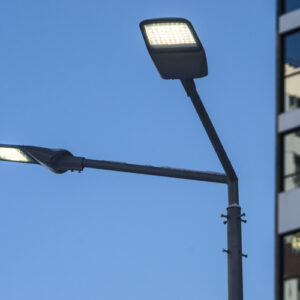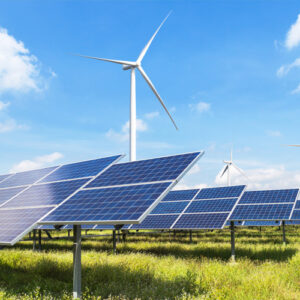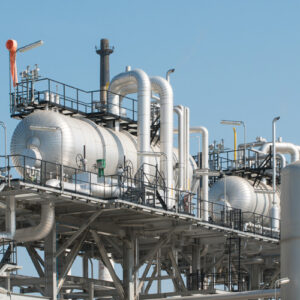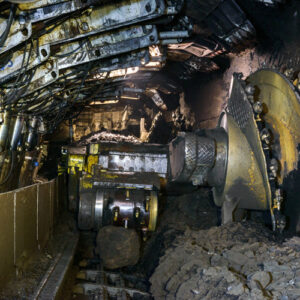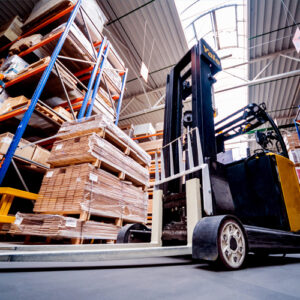Smart building is a type of building with designed by considering the optimized relationship among structure, system, service, and management. As denoted by the term “smart” building, it has intelligent control systems and smart and interconnected devices beyond the traditional building structure and function. The modernized sensor-embedded residence with various integrated systems was thought to be the basis of smart buildings in initial research. The system communication between external and internal was operated remotely and efficiently.
Wireless networking is at the core of many building automation systems, allowing seamless communication between various subsystems and services such as heating, ventilation and air conditioning (HVAC), access control and security, sanitation and waste management, smart metering and other. Such applications often require superb radio sensitivity as the signal is heavily attenuated by walls and ceilings.
Emergency lighting is a safety-related system mandatory for many types of buildings. It includes escape lighting as well as backup lighting.
With reliable wireless communication it is possible automate a lot of tasks related to installation and maintenance of emergency lighting devices. These tasks include periodic functionality tests, that are required by law, but also on-line status monitoring, backup battery conditioning etc. Network self-configuration allows to speed up the installation process, as well as adapt to changes within the building interior.




